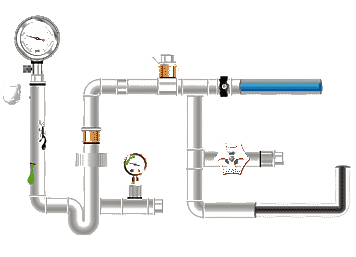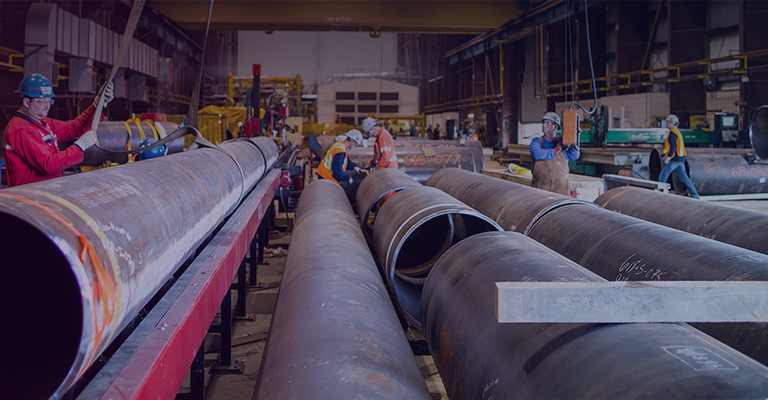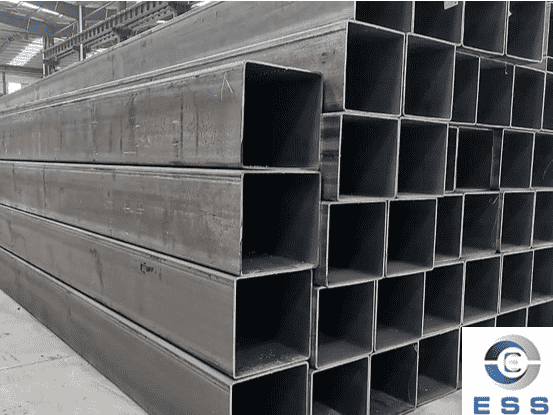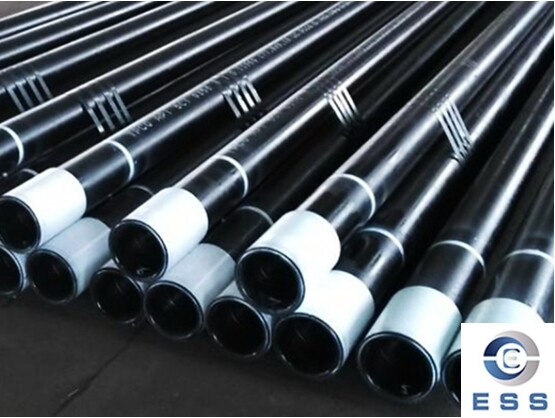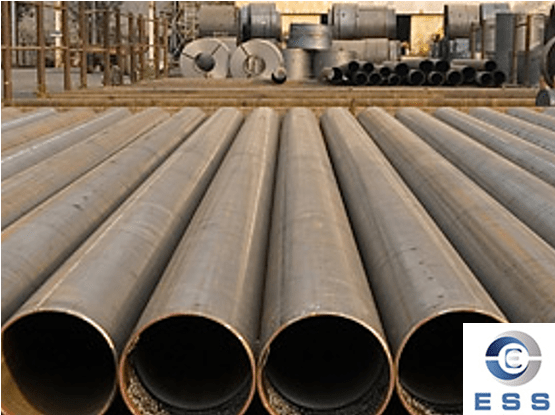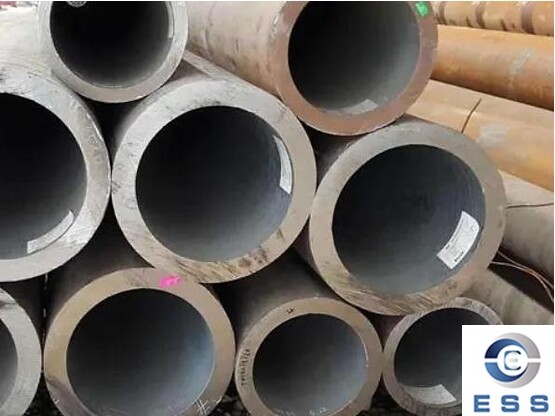
Boiler
tubes are special seamless
steel pipes used to manufacture boiler pressure components (such as
water-cooled walls, superheaters, reheaters, economizers, etc.). Common types
of pipes in boilers also include mild
steel pipes and carbon
steel pipes, which show good durability and thermal conductivity under high
temperature and high pressure. Boiler tubes are generally located inside the
boiler and are the core components of boiler equipment. They are responsible
for heat conduction and heat transfer. Their location and layout are crucial to
the operation of the boiler.
Position and layout of boiler tubes
As an important part of boiler equipment,
the location and layout of boiler tubes are crucial. Boiler tubes are usually
located inside the boiler. According to the design and structure of the boiler,
they are arranged in a specific layout. These pipes are responsible for
transferring the heat energy generated by combustion to water or other media in
the boiler to achieve the conversion and utilization of heat energy.
In common boiler equipment, boiler tubes
usually include two types: water tubes and fire tubes.
1. Water tubes
Water tubes are mainly located in the
steam-water system of the boiler and are responsible for transporting steam or
hot water to where it is needed.
2. Fire tubes
The fire tubes are located in the
combustion chamber, directly receiving the heat from the flames, and
transferring the heat energy to the water or other media in the boiler.
The layout and connection of these pipes
will vary according to the model, power and usage requirements of the boiler.
4 major arrangements of boiler tubes
1. Horizontal arrangement
In the horizontal arrangement, the boiler
tubes are placed horizontally in the boiler shell, and the arrangement of each
layer of tubes can be parallel, staggered or cross-arranged.
Advantages: Easy to clean and maintain,
easy to discharge when draining.
Disadvantages: The tube layout makes it
difficult to utilize the furnace space.
2. Vertical arrangement
In the vertical arrangement, the boiler
tubes are arranged vertically or approximately vertically in the horizontal
direction.
Advantages: The height of the boiler can be
utilized to save ground space.
Disadvantages: The layout of the boiler
tubes is relatively complex, and the phenomenon of local overtemperature will
occur during the operation of the boiler.
3. Diagonal arrangement
In the diagonal arrangement, the boiler
tubes are arranged in a diagonal manner, and the space utilization rate of the
boiler is relatively high.
Advantages: Reasonable pipe layout, easy
ventilation and coal supply.
Disadvantages: Unbalanced boiler water
flow, easy to scale and corrosion.
4. Spiral arrangement
In the spiral arrangement, the boiler tubes
are spiral or multi-circle spiral arrangement, and the boiler space utilization
rate is very high.
Advantages: High heat exchange efficiency
between tubes and good sealing.
Disadvantages: Complex pipe layout,
difficult design and manufacturing.
Basic principles of boiler tube layout
When arranging boiler tubes, the following
basic principles need to be followed:
1. Safety principle
Ensure that the pipeline layout complies
with relevant safety regulations to prevent safety accidents caused by pipeline
rupture, leakage, etc.
2. Economic principle
On the premise of meeting performance
requirements, reduce the cost of pipeline layout as much as possible and
improve economic benefits.
3. Easy maintenance principle
Consider the maintainability of pipeline
layout to facilitate future maintenance and replacement work.
Key steps of boiler tube layout
1. Determine the layout plan
Determine a reasonable pipeline layout plan
based on the model, capacity and actual use requirements of the boiler.
2. Select pipes and fittings
Select appropriate pipes and fittings based
on the properties, temperature, pressure and other parameters of the medium in
the pipeline.
3. Draw layout drawings
Draw detailed pipeline layout drawings
according to the determined layout plan to provide a basis for subsequent
construction. If necessary, use pup joints and other components to improve the flexibility and connection stability of the
pipeline system.
4. Construction and installation
Carry out pipeline construction and
installation work according to the requirements of the drawings to ensure that
the construction quality meets the standards.
Precautions for boiler tube layout
When arranging boiler tubes, pay attention
to the following points:
1. Avoid pipelines that are too long or too
bent to reduce fluid resistance and improve heat transfer efficiency.
2. Ensure that the setting of pipeline
supports and hangers is reasonable and can withstand the weight of the pipeline
and the vibration generated during operation.
3. For pipelines in special parts such as
high temperature and high pressure, corresponding protective measures should be
taken, such as installing insulation layers, explosion-proof films, etc.
4. Regularly check the operation status of
the pipeline to promptly discover and deal with potential safety hazards.
Summary
In summary, boiler tubes play a vital role
in boiler equipment. Understanding the location and layout of boiler tubes
helps us better understand and use boiler equipment to ensure its safe,
efficient and stable operation. Different arrangements have their own
advantages and disadvantages, and should be selected based on the actual
situation of the boiler and operating requirements. At the same time, the
selection of high-quality seamless pipes, mild steel pipes and reliable flange suppliers can further improve the overall performance and safety of the boiler system.
Read more: How To Weld Boiler Tubes? or Material of Boiler tube









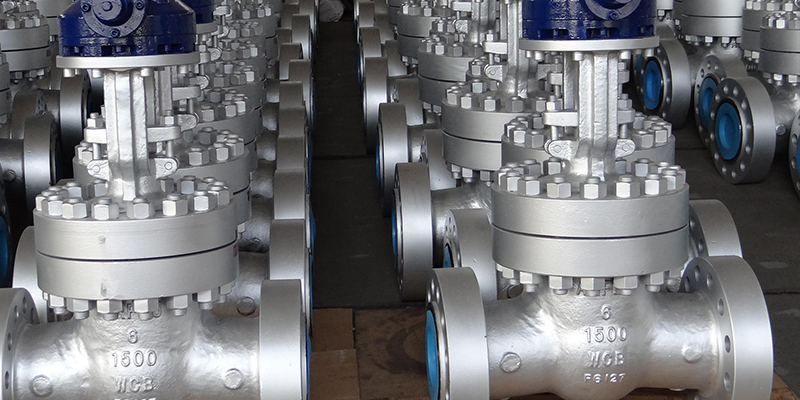
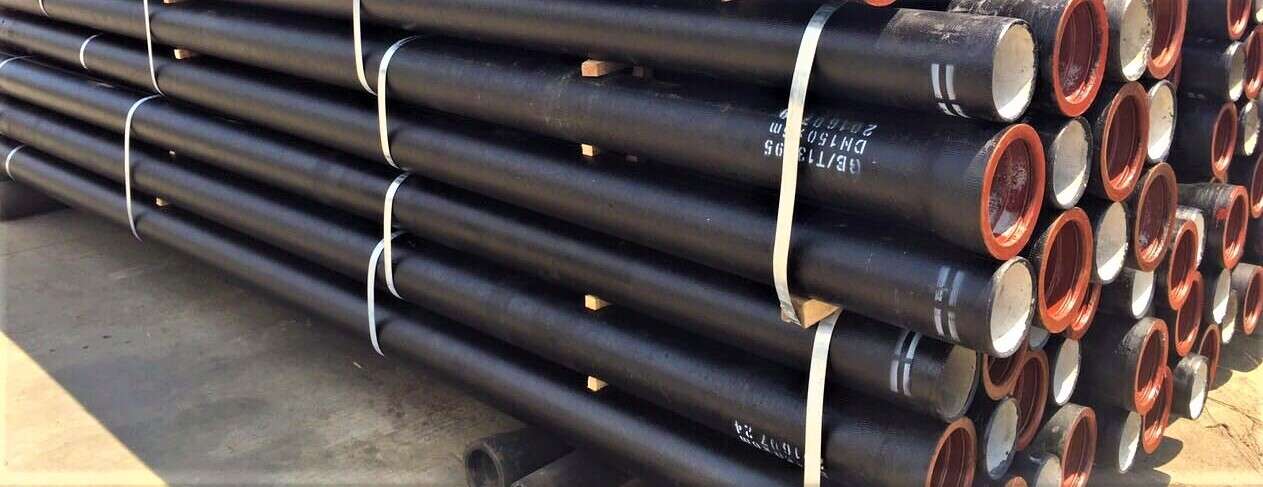


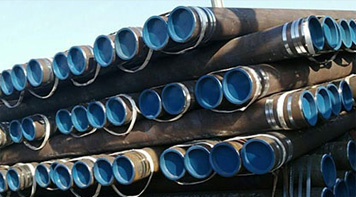 Eastern Steel Manufacturing Co.,Ltd not only improve product production and sales services, but also provide additional value-added services. As long as you need, we can complete your specific needs together.
Eastern Steel Manufacturing Co.,Ltd not only improve product production and sales services, but also provide additional value-added services. As long as you need, we can complete your specific needs together.
